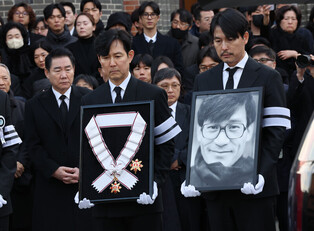* Editor's Note: According to the Korea Foundation's 2024 report, there are nearly 225 million Hallyu (Korean Wave) fans worldwide. With the advent of the "Digital Silk Road," transcending time and space, we are entering the era of "Hallyu 4.0." To help readers gain a fresh perspective on Korean culture and K-culture, the Yonhap News K-Culture Team has prepared a series of expert columns.
Shin Jong-geun's 'K-Liqueur' Story: Was 'Chimaek' a Thing in the Joseon Dynasty?
Contributed by Shin Jong-geun, exhibition planner and columnist (author of "Art and Liquor")
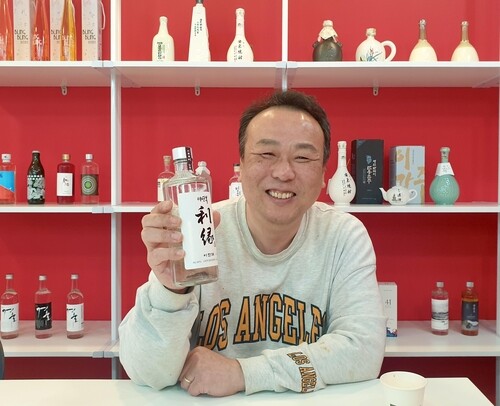
Barley has been cultivated by humans for over 7,000 years. Nutritionally rich in protein, it served as a staple food when rice supplies were low. Unlike rice, which is sown in spring and harvested in autumn, barley is planted in winter and harvested in summer, making it an excellent seasonal alternative to rice.
Historically, barley farming held significant importance as early as the Three Kingdoms period. The Goryeosa records that during the Later Three Kingdoms period, Gung Ye, having lost public support due to his tyranny, fled after being overthrown by Wang Geon. He entered a barley field, starving, and began eating raw barley stalks before being captured and stoned to death by the people. Though this account may be exaggerated, it serves as evidence that barley farming was widespread at the time.
During the Joseon Dynasty, the state actively promoted barley cultivation, especially as a famine relief crop. The term boritgogae (barley hump), referring to the period of food scarcity before the barley harvest, is often thought to have originated in the 1950s–60s. However, records show it existed during the Joseon era as well. The Annals of the Joseon Dynasty first mention the term chungi (春饑, meaning "spring hunger") in the Annals of Sejo (1458), while maengryeong (麥嶺, literally "barley ridge") appears three times in the Annals of Jeongjo.
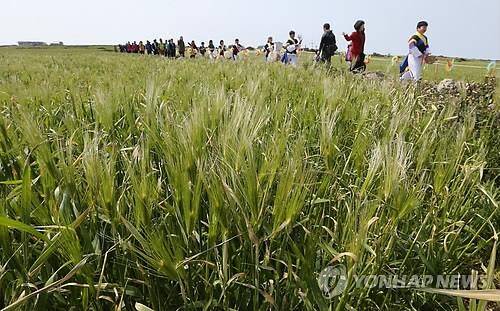 |
| ▲ Students from Gapado Elementary School’s pungmul team perform a welcoming Gilnori as the 5th Cheongbori Festival kicks off on April 13, 2013, on Gapado, Seogwipo, Jeju, which is set to become South Korea’s first 'carbon zero island.' (yonhap) |
Barley was not only a staple food but also an ingredient for brewing alcohol. While other countries used barley to produce beer, whiskey, vodka, and gin, Korea also brewed rice wine (makgeolli), distilled soju, and even beer using barley. In regions unsuitable for rice farming or during years of poor rice harvests, barley-based alcohol became a necessity.
A Joseon-era cookbook, Sangayorok (circa 1450), describes a brewing method for maekju (麥酒, literally "barley liquor"). However, this drink was quite different from modern beer—it was thick, similar to barley makgeolli, with a strong taste and an alcohol content of 15.5%, much higher than today’s beer.
The Annals of King Yeongjo even document a royal decree banning alcohol production during a famine, stating, "Despite the poor harvest, people are brewing maekju, so alcohol production is prohibited."
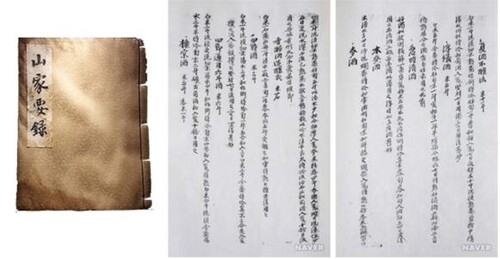 |
| ▲ Sangayorok (left) and a brewing method for beer (right), stored at the Yongin Agricultural Culture Exhibition Hall. Photo courtesy of Yongin Rural Theme Park Agricultural Culture Exhibition Hall. (PHOTO NOT FOR SALE) (Yonhap) |
Historical records suggest that the Byeongma Jeoldosa (military commander) of Byeongyeongseong, the Joseon-era southwestern military headquarters, brewed and consumed barley soju. This traditional liquor was revived in modern times as Byeongyeong Soju. However, production has been temporarily halted following the passing of Master Brewer Kim Gyeon-sik, the 61st designated Food Grand Master, in 2023.
Another notable record links the origins of Japanese barley soju to Joseon. According to the Annals of the Joseon Dynasty, before the Imjin War (1592–1598), the Joseon court received tribute from Tsushima (Daemado) and, in return, granted soju as a royal gift. At the time, soju was considered a rare and precious liquor. However, since Tsushima’s rugged terrain (90% mountainous) made rice and barley cultivation nearly impossible, soju production did not develop there.
Instead, the distillation of barley soju flourished on Iki Island, located about 50 km from Tsushima. This island, about one-tenth the size of Jeju Island, was a key stopover for Joseon Tongsinsa (Joseon diplomatic missions) en route to mainland Japan and had abundant barley fields. From there, barley soju spread to the rest of Japan, with Iki Island now recognized as the birthplace of Japanese barley soju.
Even Japan’s National Tax Agency acknowledges the theory that Iki’s barley soju likely originated from the Korean Peninsula. This view is also supported by Japan’s official sake sommelier association. Today, Iki Island’s barley soju remains highly regarded in Japan.
◇ The Modern Barley Liquor Revival
In recent years, a variety of barley-based makgeolli and soju have entered the market, continuing the legacy of barley brewing. Notable barley soju brands include:
Byeongyeong Soju (Byeongyeong Brewery)
Jinan Black (Taepyeong Brewing)
Burnt Roasted Barley Soju (Breeze & Stream)
Mori (Gangsan Myeongju)
Yangjo Hakdang Ae (Yangjo Hakdang)
Rin 21
Sarak (Seonyang)
Hwanggeum Barley Distilled Liquor (Hwanggeum Barley)
Gapado Cheongbori (Wangjike Brewery)
Tokhanjan Soju (Daema Brewery)
Baekje Barley Soju (Naebyeonsan Brewery)
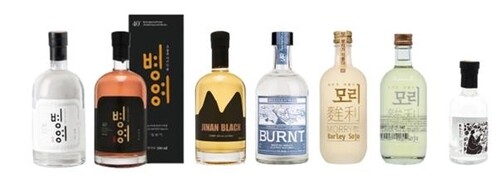 |
| ▲ From left: Byeongyeong Soju, Jinan Black, Burnt Roasted Barley Soju, Mori, Yangjo Hakdang Ae, captured from each manufacturer’s website. (PHOTO NOT FOR SALE) (Yonhap) |
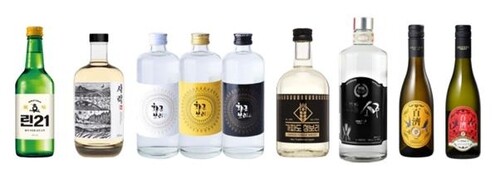 |
| ▲ From left: Rin 21, Sarak, Hwanggeum Barley Distilled Liquor, Gapado Cheongbori, Tokhanjan Soju, Baekje Barley Soju, captured from each manufacturer’s website. (PHOTO NOT FOR SALE) (Yonhap) |
Barley makgeolli is also widely produced, with brands such as:
Gibmore Makgeolli (Gyeongju Corporation)
Barley Makgeolli (Gunsan Brewing)
Gapado Cheongbori Makgeolli (Joeunsul Sejong)
Saengboritak (Gyeongju Traditional Brewing)
Borihyang Takju
Boridongdong Takju (Daema Brewery)
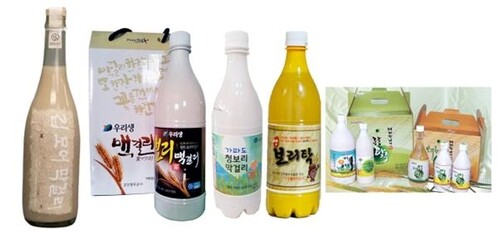 |
| ▲ From left: Gibmore Makgeolli, Barley Makgeolli, Gapado Cheongbori Makgeolli, Saengboritak, Borihyang Takju, Boridongdong Takju, captured from each manufacturer’s website. (PHOTO NOT FOR SALE) (Yonhap) |
◇ Did Joseon Have the Original "Chimaek"?
The Sangayorok, a Joseon-era cookbook, contains a recipe for pogye, a dish resembling modern soy sauce chicken. Unlike today’s fried chicken, it was stir-fried in oil with soy sauce, vinegar, and sesame oil instead of being battered and deep-fried.
One can only imagine what it would have been like to enjoy a glass of Joseon-style beer with pogye. But one thing is certain—our ancestors were indulging in a version of chimaek (chicken and beer) long before it became a global trend.
(C) Yonhap News Agency. All Rights Reserved




















